Filter by
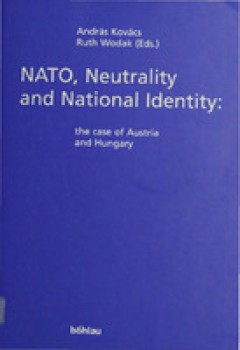
NATO, Neutrality and National Identity: the case of Austria and Hungary
When the cold war was over, a vehement discussion of the new alternatives in security policy started in almost all former Warsaw-Pact States and in the neutral and nonaligned nations, Austria and Hungary among the latter. These nations' entry into the NATO has been the pivotal question. These discussions were the subject of comparative research that was done in Hungary and Austria. The results …
- Edition
- -
- ISBN/ISSN
- 647909372
- Collation
- -
- Series Title
- -
- Call Number
- 094
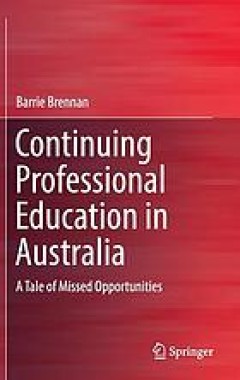
Continuing professional education in Australia : a tale of missed opportunities
This book offers a history of Continuing Professional Development (CPD) in the Australian context. It presents an approach that links the development of CPD to a series of 'missed opportunities' and the identification of three key themes (mandatory CPD, competencies and regulation/registration) as well as with national regulation for select health professions. It not only relates the evolution …
- Edition
- 1
- ISBN/ISSN
- 9789811018329
- Collation
- XXI, 257
- Series Title
- -
- Call Number
- 994
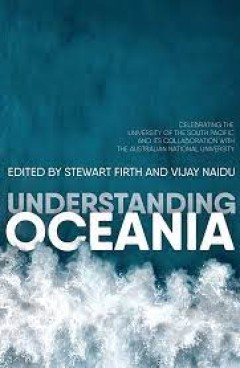
Understanding Oceania Celebrating the University of the South Pacific and it…
"This book is inspired by the University of the South Pacific, the leading institution of higher education in the Pacific Islands region. Founded in 1968, USP has expanded the intellectual horizons of generations of students from its 12 member countries—Cook Islands, Fiji, Kiribati, Marshall Islands, Nauru, Niue, Samoa, Solomon Islands, Tokelau, Tonga, Tuvalu and Vanuatu—and been responsibl…
- Edition
- -
- ISBN/ISSN
- 9781760462895
- Collation
- -
- Series Title
- -
- Call Number
- -

Bridging Australia and Japan Volume 2 The writings of David Sissons, histori…
This book is volume two of the writings of David Sissons, who first established his academic career as a political scientist specialising in Japanese politics, and later shifted his focus to the history of Australia–Japan relations. In this volume, we reproduce his writings on Japanese politics, the Pacific War and Australian war crimes trials after the war. He was a pioneer in these fields, …
- Edition
- -
- ISBN/ISSN
- -
- Collation
- -
- Series Title
- -
- Call Number
- -
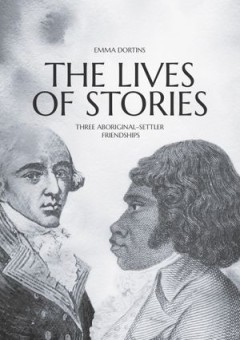
The Lives of Stories: Three Aboriginal-Settler Friendships
The Lives of Stories traces three stories of Aboriginal–settler friendships that intersect with the ways in which Australians remember founding national stories, build narratives for cultural revival, and work on reconciliation and self-determination. These three stories, which are still being told with creativity and commitment by storytellers today, are the story of James Morrill’s adopti…
- Edition
- -
- ISBN/ISSN
- 9781760462406
- Collation
- -
- Series Title
- -
- Call Number
- 994 DOR l
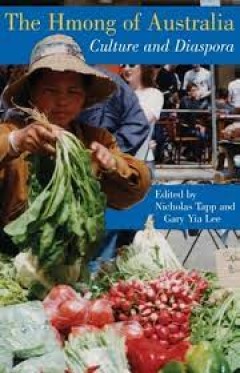
The Hmong of Australia Culture and Diaspora
United States
- Edition
- -
- ISBN/ISSN
- -
- Collation
- -
- Series Title
- -
- Call Number
- -
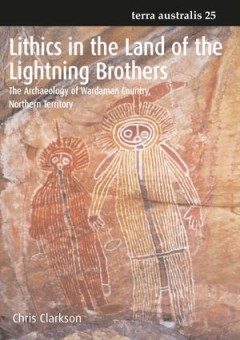
Lithics in the land of the lightning brothers : the archaeology of Wardaman C…
Lithics in the Land of the Lightning Brothers skilfully integrates a wide range of data-raw-material procurement, tool design, reduction and curation, patterns of distribution and association-to reveal the major outlines of Wardaman prehistory. At the same time, the book firmly situates data and methods in broad theoretical context. In its regional scope and thorough technological approach, thi…
- Edition
- -
- ISBN/ISSN
- 9781921313295
- Collation
- -
- Series Title
- -
- Call Number
- 930.109 942 9 CLA l
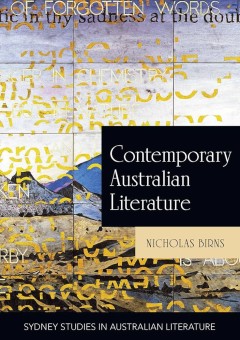
Contemporary Australian Literature : A World Not Yet Dead
Australia has been seen as a land of both punishment and refuge. Australian literature has explored these controlling alternatives, and vividly rendered the landscape on which they transpire. Twentieth-century writers left Australia to see the world; now Australia's distance no longer provides sanctuary. But today the global perspective has arrived with a vengeance. In Contemporary Australian L…
- Edition
- -
- ISBN/ISSN
- 9781743324363
- Collation
- 280 halaman
- Series Title
- Sydney Studies in Australian Literature
- Call Number
- 800 BIR c
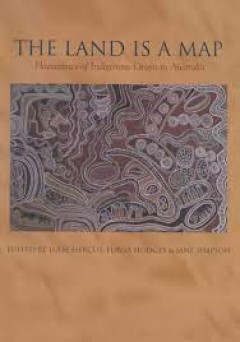
The Land is a Map Placenames of Indigenous Origin in Australia
The entire Australian continent was once covered with networks of Indigenous placenames. These names often evoke important information about features of the environment and their place in Indigenous systems of knowledge. On the other hand, placenames assigned by European settlers and officials are largely arbitrary, except for occasional descriptive labels such as ‘river, lake, mountain’. T…
- Edition
- -
- ISBN/ISSN
- 9781921536571
- Collation
- -
- Series Title
- -
- Call Number
- -
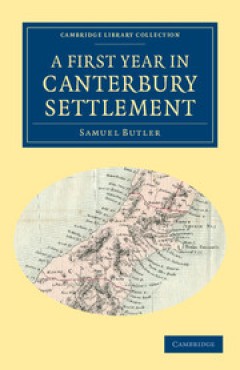
A First Year in Canterbury Settlement
Samuel Butler (1835–1902) became famous with his satirical Utopian novel Erewhon, based on his experiences as a sheep farmer in New Zealand and published, initially anonymously, in 1872. This earlier book, published in London in 1863 while he was still abroad, is a compilation of his letters home. Having obtained a degree in Classics from Cambridge, Butler had left England in 1859 with genero…
- Edition
- -
- ISBN/ISSN
- 9781139108218
- Collation
- -
- Series Title
- Cambridge Library Collection - History of Oceania
- Call Number
- -
 Computer Science, Information & General Works
Computer Science, Information & General Works  Philosophy & Psychology
Philosophy & Psychology  Religion
Religion  Social Sciences
Social Sciences  Language
Language  Pure Science
Pure Science  Applied Sciences
Applied Sciences  Art & Recreation
Art & Recreation  Literature
Literature  History & Geography
History & Geography